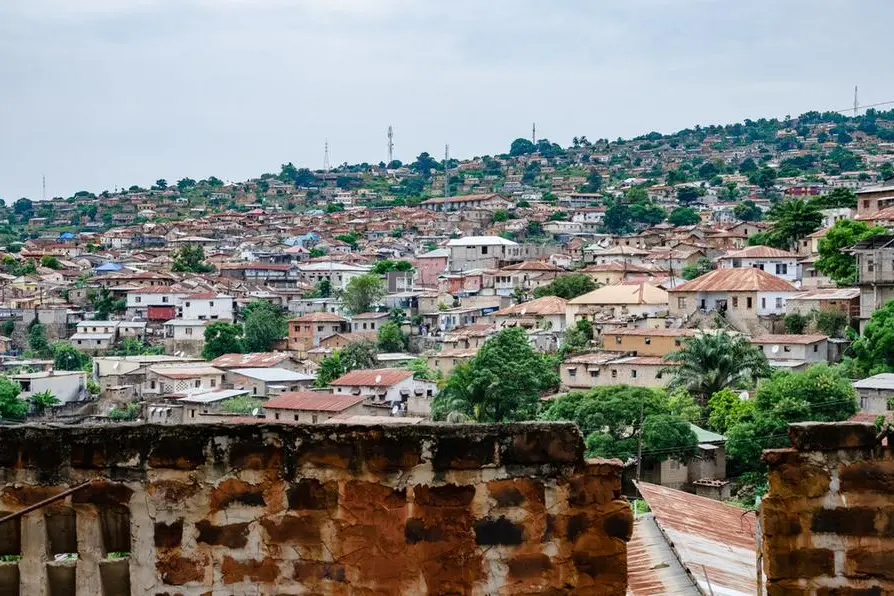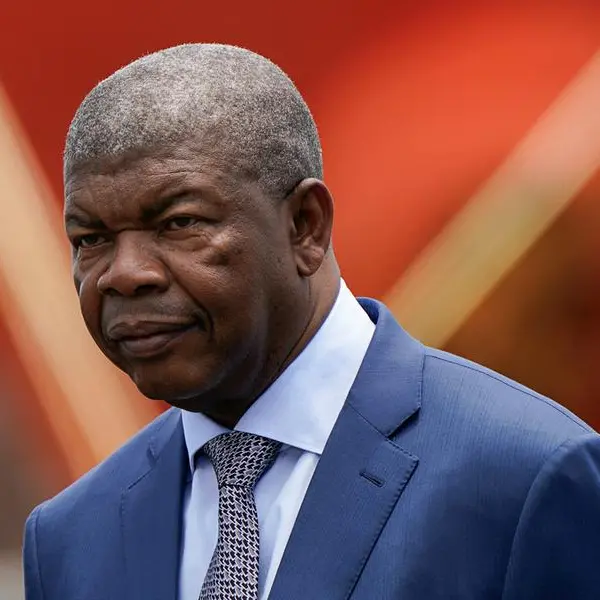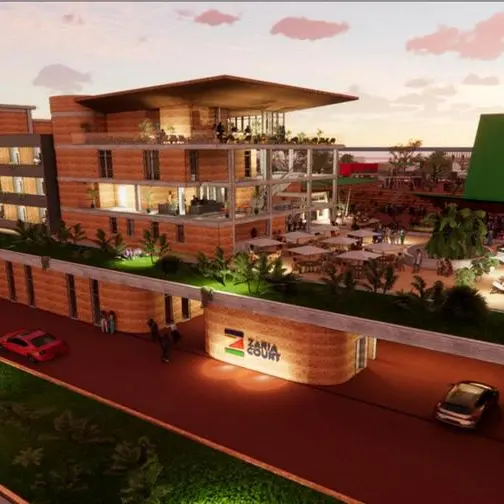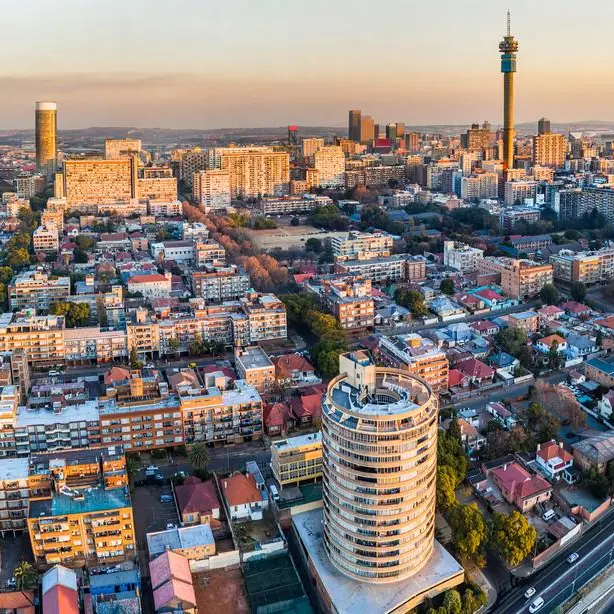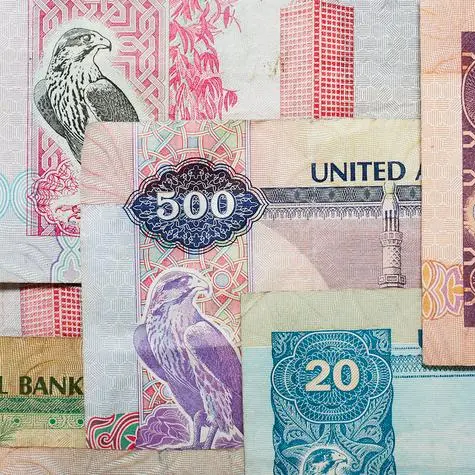PHOTO
The Democratic Republic of Congo (DRC) has overtaken Uganda to become Kenya’s fastest-growing export market within the East African Community bloc, new data shows, despite frosty diplomatic relations between Nairobi and Kinshasa.
Kenya’s exports to the DRC jumped by more than half (56.04 percent) to Ksh8.62 billion ($66 million at current exchange rates) in the first three months of the year, according to the latest official data, the biggest year-on-year growth in over a decade.“Notably, there was increased domestic exports of …wheat flour to Democratic Republic of Congo,” the Kenya National Bureau of Statistics (KNBS) wrote in the latest Balance of Payment report, covering the first quarter of 2024.
Analysis of the KNBS data shows quarterly exports to Africa’s second-largest country by land mass have remained elevated above Ksh7 billion ($54 million) since July last year when Kenya cut import duty on wheat imports from 35 percent to 10 percent.
Kenya’s Treasury Cabinet Secretary, Njuguna Ndung’u, said last year the reduced taxes, which have been maintained for the current year ending June 2025, were aimed at ensuring “that there is enough wheat to meet local demand, while at the same time protecting wheat farmers from unfair competition from imported wheat”.
The data shows Kenyan traders trucked goods worth nearly Ksh23.88 billion ($185 million) in the first nine months ended March 2024 since the reduced duty on wheat took effect, a significant 57.48 percent climb over Ksh15.16 billion ($117 million) previously. KNBS also cited wheat flour as the main driver of demand for exports in the second half of last year.
The DRC’s increased imports came at a time the diplomatic relationship between the two countries remained frosty. Kinshasa recalled its ambassador to Nairobi last December in the heat of disagreements over Kenya’s “hosting” of Congolese opposition figures, who launched a party in Nairobi and later professed support for the rebel group M23, which has been fighting government forces and their allies in the eastern region of the country.
It was not until May that the DRC envoy to Kenya resumed duties after President William Ruto sent a high-profile delegation to Kinshasa, led by Prime Cabinet Secretary and Cabinet Secretary for Foreign Affairs Musalia Mudavadi.“My mission here in Kinshasa was to deliver to President Felix Tshisekedi a special message from President William Ruto of Kenya, that we are partners and, as countries within the East African Community, have to continue working together very cordially and closely,” Mr Mudavadi said.“Kenya respects the territory and sovereignty of DRC and I assure the people of DRC that Kenya will always work with them to ensure there is peace and harmony in the region at all times.”Despite growing at the steepest pace, the DRC still trailed the other EAC destinations for Kenya’s goods except Burundi, one of the world’s poorest countries.
The DRC’s share of Kenya’s exports to the regional bloc, however, hit double-digit levels in the review quarter, rising to 10.74 percent from 7.96 percent.
Uganda remained the biggest buyer of Kenya’s goods in the region despite growing a modest 7.39 percent to Ksh33.34 billion ($258 billion), largely on increased orders of “carboys, bottles, flasks, and similar articles”, according to KNBS. This is lower than the 49.62 percent jump a year earlier to Ksh31.05 billion ($240 million) from Ksh20.75 billion ($160 million) in the first quarter of 2022.
Uganda’s share of exports to the EAC bloc also shrank to 41.56 percent from 44.77 percent previously.
Nairobi and Kampala also experienced renewed trade disputes after Kenyan authorities restricted the issuance of import permits for goods such as eggs, sugar, and milk powder from Uganda in protectionist policies aimed at shielding local producers.“We have agreed that trade between the two countries is unimpeded either by tariff or non-tariff barriers or arbitrary levies,” Dr Ruto said on May 16 after he hosted his Ugandan counterpart, Yoweri Museveni, for a two-day State visit.“We have agreed that the common principle will be the full implementation of the EAC customs and other infrastructure that support trade between East African countries. Therefore, all the issues around rice, juice, furniture, eggs, chicken, and sugar are now resolved.”The seven-member EAC trading bloc has continued to battle on-and-off trade tiffs, slowing down growth in intra-regional trade despite the region being the most integrated in Africa.
This is despite the EAC Customs Union Protocol, the bloc’s first integration breakthrough which came into force in 2005, allowing the free movement of goods, services, capital, and labour within the bloc.
The KNBS data further shows that imports by Tanzania grew 18.01 percent to Ksh16.74 billion ($129 million) in the review period, a slower pace than South Sudan’s which rose by a quarter (25.69 percent) to Ksh9.27 billion ($71 million).
South Sudan’s share of Kenya’s exports to EAC rose marginally to 11.56 percent from 10.64 percent previously, with growth largely being supported by household or laundry-type washing machines.
Tanzania’s share was largely flat, with re-exports of kerosene-type jet fuel a notable driver.
Overall, Kenya sold goods worth Ksh80.23 billion ($62 million) to EAC countries in the three months, a 15.69 percent growth over Ksh69.35 billion ($53 million) a year earlier.
© Copyright 2022 Nation Media Group. All Rights Reserved. Provided by SyndiGate Media Inc. (Syndigate.info).
